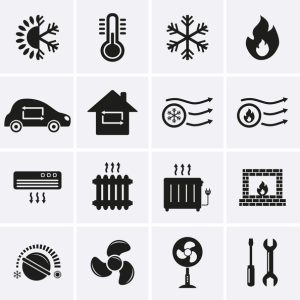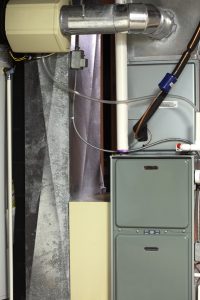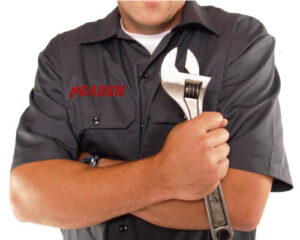 Wondering whether it makes sense to invest in a furnace for your Florida home? Even in the furthest southern reaches of the state, where semi-tropics give way to true tropical climates, a furnace is often a wise addition to a home.
Wondering whether it makes sense to invest in a furnace for your Florida home? Even in the furthest southern reaches of the state, where semi-tropics give way to true tropical climates, a furnace is often a wise addition to a home.
In Pensacola, temperatures drop significantly lower more often, and a furnace — while not a heavily used item most years — will certainly be something you’re glad to have.
Today, we’ll look at why you need heating even in Florida, why to invest in a furnace instead of using portable heaters, and what other options you might have for efficiently heating your home.
Why You Need Heating in Florida
The weather in Florida is comfortable or hot so much of the year that it can be easy to forget the occasional dip — especially looking ahead at the winter after a full year of warmth, at the time when you might consider adding a furnace or replacing an old one.
In Pensacola, it’s not unusual for winter temperatures to dip down into the upper 40s and hover around the low 50s. We don’t see the below-zero temperatures that can ravage northern neighbors, but it gets cold enough to be dangerous without heat for prolonged periods.
After all, it’s one thing to be moving around in the 50s or 60s, where it might feel chilly but tolerable to a Florida resident. It’s quite another to be sitting in a frigid room unmoving in your pajamas, perhaps huddled around an old space heater or hiding under a mountain of blankets.
It’s especially important to realize that allowing your home to plummet to low temperatures unchecked and then fly up high again the next day can be seriously taxing on the structure, accelerating wear and tear on your home and property, encouraging moisture to work in unexpected ways on your home, etc.
Why Use a Furnace Instead of Space Heaters?
If you only need your heat for a small part of the year, space heaters might be an attractive alternative to a central furnace or other permanent heating. You can heat the living room in the evening and your bedroom or bedrooms at night, and let the rest be cold — right?
First, you know that leaving your home to the elements can have unexpected drawbacks. But perhaps more important are the dangers associated with space heaters. A space heater, even an electric one, can be a serious safety hazard, potentially causing a fire if left unattended (or left on while you sleep).
Space heaters with combustion, i.e., gas-using space heaters, can be even more dangerous in the event of an accident, causing buildups of toxic gases without adequate ventilation, coating your home in soot, and lowering your indoor air quality.
A properly used furnace is far less likely to have any of these issues, will keep your home comfortable and safe without needing to be monitored, and doesn’t require you to drag around a bunch of space heaters. Furnaces are also more efficient, even taking into account heating less space.
Other Ways To Heat Your Florida Home
If you’re not interested in a full furnace, a heat pump is an excellent way to heat your Florida home when it gets chilly. Duct-based heat pumps and ductless mini-splits can serve double duty as air conditioners and high-efficiency heating in the Florida climate.
As long as temperatures stay above freezing, you can get efficiency as high as three or four times what a furnace gets for a similar amount of electricity. If you already use window units instead of a central AC, changing to ductless mini-splits to do both without needing ductwork is a great option.
[cta_button url=”https://www.peaden.com/contact-info/” text=”Install a Furnace” phone=”(855) 557-7878″]
Call Peaden for Home Heating Help
Call the Peaden HVAC technicians at (855) 557-7878 or contact us online to learn more about heating your Florida home efficiently and safely. We’ll gladly help you consider your options!
Continue Reading
Posted in Heating | Comments »




 Wondering whether it makes sense to invest in a furnace for your Florida home? Even in the furthest southern reaches of the state, where semi-tropics give way to true tropical climates, a furnace is often a wise addition to a home.
Wondering whether it makes sense to invest in a furnace for your Florida home? Even in the furthest southern reaches of the state, where semi-tropics give way to true tropical climates, a furnace is often a wise addition to a home.



